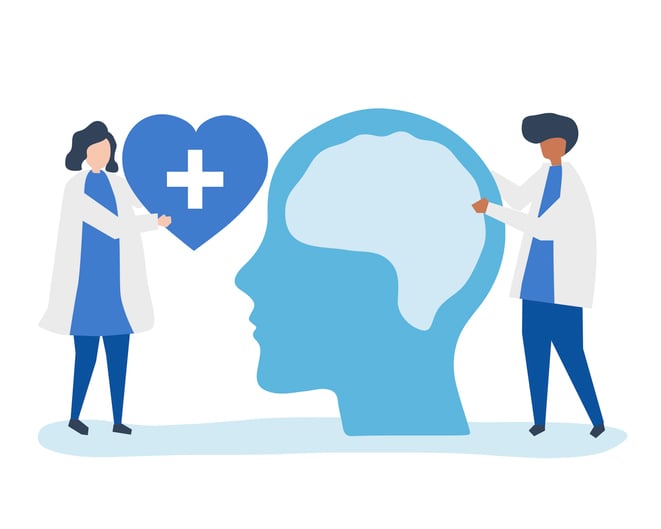 Approximately 56 million American adults are struggling with a mental illness or substance use disorder, according to the American Psychiatric Nurses Association (APNA).
Approximately 56 million American adults are struggling with a mental illness or substance use disorder, according to the American Psychiatric Nurses Association (APNA).
An article from mentalhealth.gov, shows the current mental health workforce shortage is projected to grow and would leave the country 250,000 professionals short by 2025.
Only 44% of adults and 20% of children in the U.S. receive the mental health and substance use care they need because there is a growing shortage of qualified professionals trained to provide timely and effective treatment.
This lack of treatment significantly contributes to one of the leading causes of death in the U.S, suicide.
According to the same mentalhealth.gov article, suicide is the 10th leading cause of death in the United States. It accounts for the loss of more than 41,000 lives each year, more than double the number of lives lost to homicide.
An article in the Journal of the American Medical Association (JAMA) discusses the increase in children under 18 going to emergency departments due to attempts of suicide or suicidal ideation.
One reason demand for mental health professionals has increased is because more Americans are gaining health coverage. It's the law per the Affordable Care Act that insurers can no longer deny coverage to people who have diagnosed mental illnesses.
Also fewer medical students are specializing in psychiatry because psychiatry jobs don't pay as well as other fields. Students facing high medical school debt are more likely to pick the jobs offering better pay.
There has also been a surge in substance use disorders and greater public awareness of mental illness. Increased public awareness means more people living with mental illness will seek treatment.
Healthcare providers and the medical community at large need to implement a more supportive environment for the psychiatry profession. There should also be increased compensation for psychiatry jobs and student loan forgiveness or free/low-cost psychiatry schooling.
Policy makers should support and enact quality mental health services that will improve public health, particularly populations who most often have no access to mental health services.



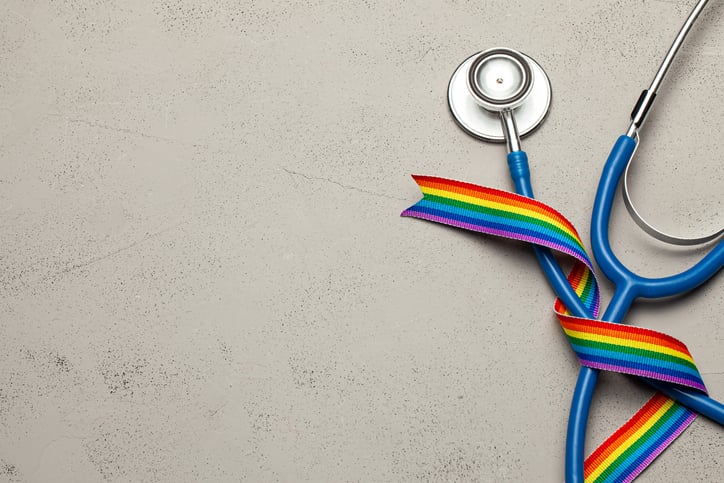 LGBTQ+ people of all ages, races and ethnicities, religions, and social classes have experienced health inequalities.
LGBTQ+ people of all ages, races and ethnicities, religions, and social classes have experienced health inequalities. Americans rate the honesty and ethics of Nurses highest among a list of professions for the 18th year in a row according to the National Gallup
Americans rate the honesty and ethics of Nurses highest among a list of professions for the 18th year in a row according to the National Gallup 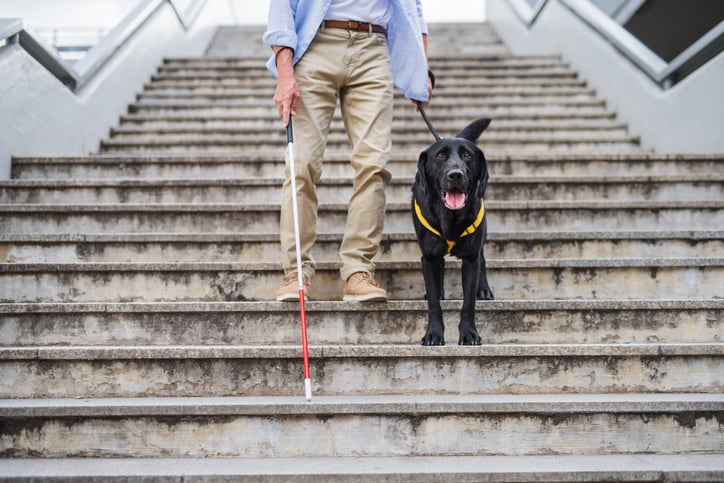 Vision impaired patients face many challenges when visiting hospitals for treatment. There are different ways staff and hospital design can help assist patients who are struggling.
Vision impaired patients face many challenges when visiting hospitals for treatment. There are different ways staff and hospital design can help assist patients who are struggling.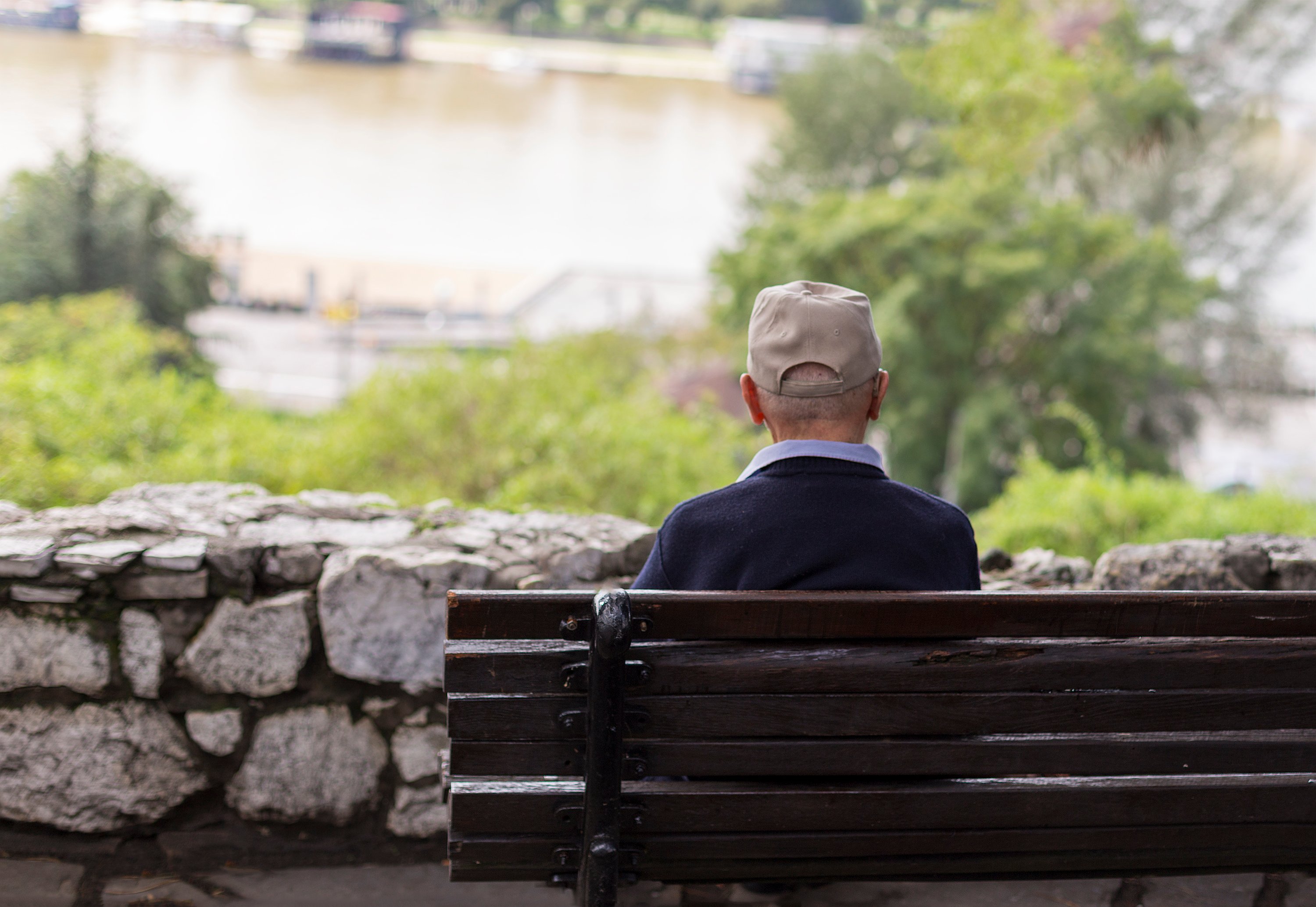 Social isolation is a growing epidemic. It's becoming increasingly recognized as having critical consequences. According to recent surveys, the percentage of American adults who say they’re lonely has
Social isolation is a growing epidemic. It's becoming increasingly recognized as having critical consequences. According to recent surveys, the percentage of American adults who say they’re lonely has  The holidays are meant to bring feelings of joy and cheer, but this time of year can also bring a lot of stress. No matter what holiday you celebrate, this season can affect us all. Especially Nurses, who work in an already stressful environment, as you juggle more difficult demands of your time, emotions and patience.
The holidays are meant to bring feelings of joy and cheer, but this time of year can also bring a lot of stress. No matter what holiday you celebrate, this season can affect us all. Especially Nurses, who work in an already stressful environment, as you juggle more difficult demands of your time, emotions and patience. 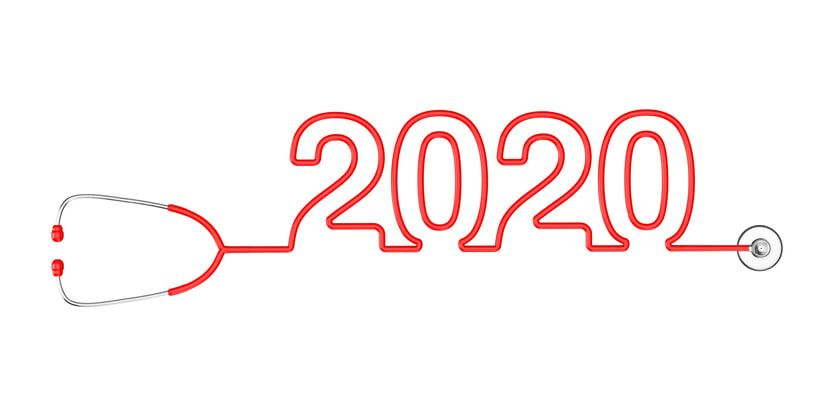 For the first time in history, the world will unite in celebrating the benefits that Nurses and Midwives bring to the health of the global population. The World Health Organization (WHO), has declared 2020 as The Year of the Nurse and the Midwife (YONM).
For the first time in history, the world will unite in celebrating the benefits that Nurses and Midwives bring to the health of the global population. The World Health Organization (WHO), has declared 2020 as The Year of the Nurse and the Midwife (YONM).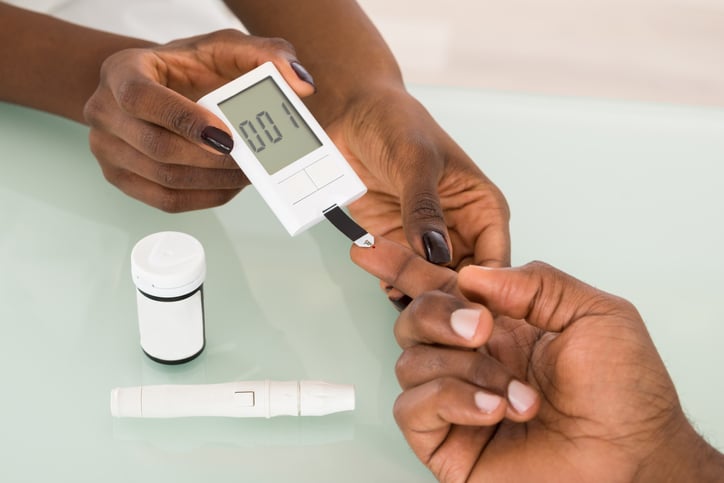
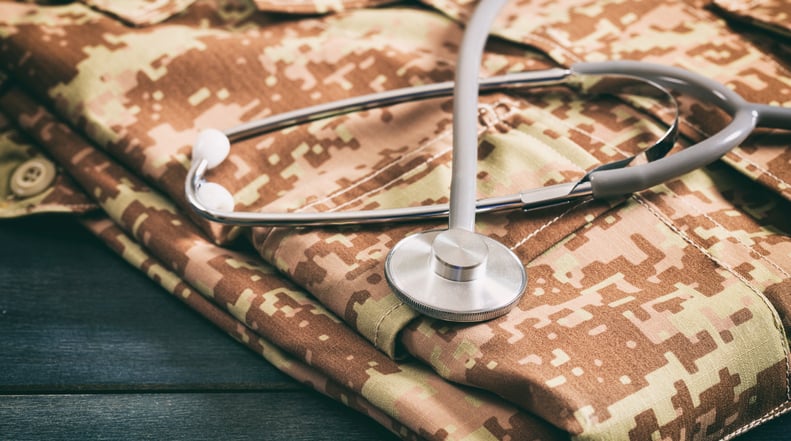 An estimated 250,000 service members transition out of the military each year. According to a
An estimated 250,000 service members transition out of the military each year. According to a  According to
According to